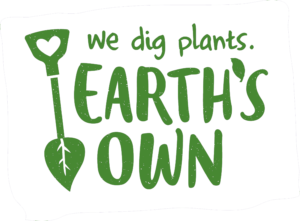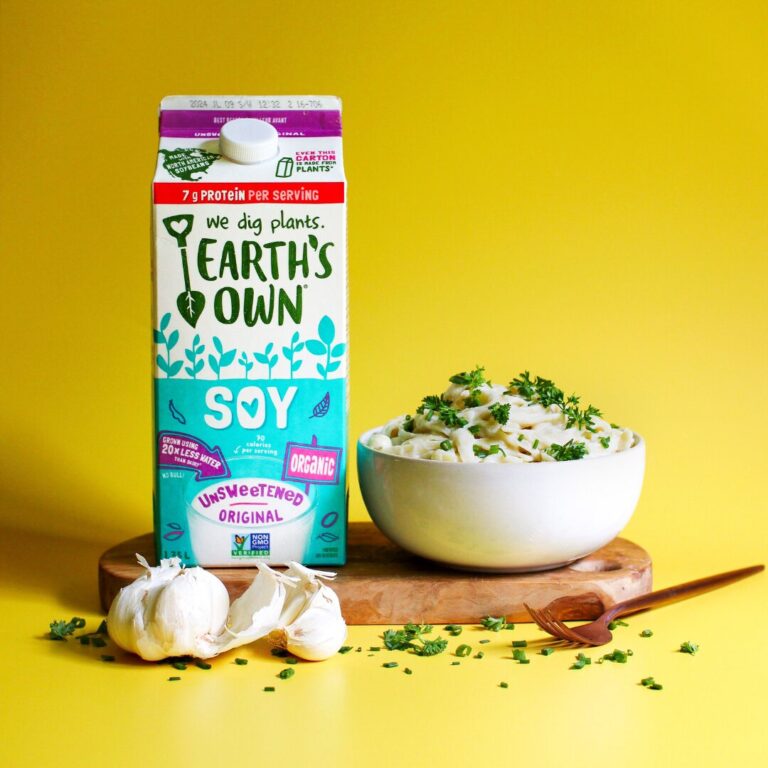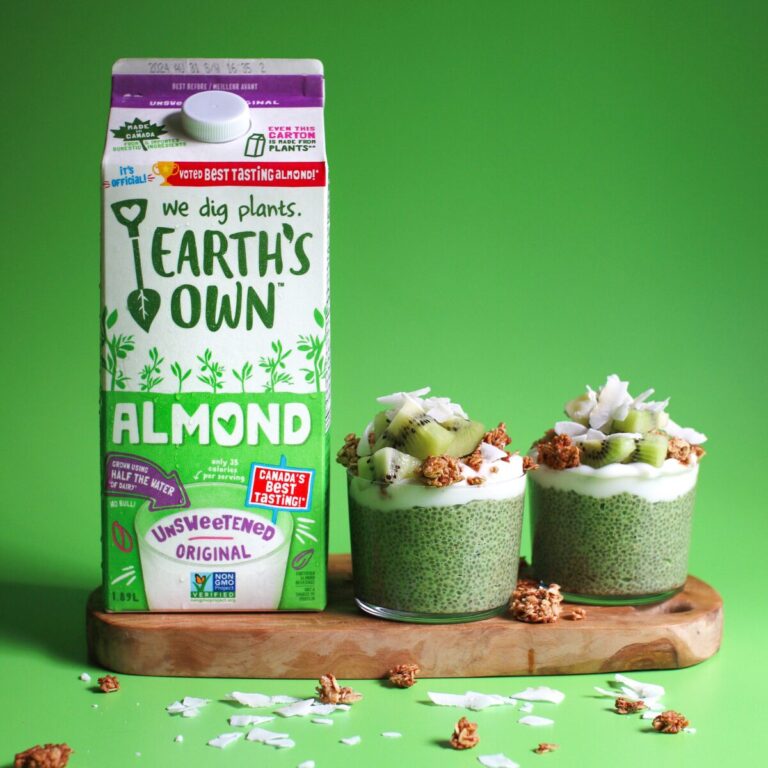There’s a rad new way to grow plants and it’s takin’ Canada by storm. It’s called Hydroponics, and if you haven’t heard of it before we’re here to help you out.
One of our Plant Project winners, Cruise, is using Hydroponics to bring sustainability into his classroom. So we reached out to him and asked: What the heck is Hydroponics?
Cruise Slater:
Hydroponics is simply growing without soil! We will be using a nutrient rich fertilizer solution, providing lots of light and oxygen, and tending to the plants in a system suited to maintain optimum growth in place of growing outside in a field.
Where I teach, Churchill Community High School, we will be using a Nutrient Film Technique (NFT) System to grow our seedlings to harvestable plants in horizontally inclined channels.
Sounds complicated, doesn’t it? It’s actually really simple! This system will allow us to recirculate materials in the system to minimize the waste of both water and fertilizer.
As the plants continue to grow, their roots will reach out into the channels to seek out water and nutrition which will be flowing as a thin film on the inside of our channels. Finally, when the plant is large enough to harvest, we will pluck it from the channel and it will quickly find its way to someone’s fridge or plate!
Earth’s Own:
Wowza! So Hydroponics basically saves land, water, and optimizes space by growing heaps of crops in small areas. That’s super rad. Could this take over for traditional farming?
Cruise Slater:
That’s what it’s all about! However, Hydroponics will never replace conventional agriculture practices (and it isn’t meant to!). Rather, it helps to supplement our current food systems in a way that helps to minimize strain on local food systems while providing fresh nutrient-dense produce to the consumer.
Earth’s Own:
That makes sense. Do you need a big industrial space to set up Hydroponics or can you rock your own at-home system?
Cruise Slater:
You can totally set up your own personal Hydroponics system! It’s a great way to bring fresh accessible produce to a family.
A great entry level technique for home use can be found with the Kratky style method, this method is passive, meaning that you only provide the water, nutrients, and seeds at the start of the growing cycle and then let nature do its thing.
With the Kratky method, as the plants drink from the water reservoir, the roots begin to grow larger in response to the water level naturally decreasing. This helps to create a sufficiently sized air space to promote oxygen availability to the plant and continue to promote overall growth. This system can be done on a windowsill with mason jars to take advantage of the sun or in larger reservoirs (made from modified storage totes) under the sun or with supplemental light sources.
There are also some restaurants & supermarkets using Hydroponics to help minimize waste through a “harvest as needed” practice, or at a larger scale to help produce food within arid or land strapped regions of the world.
Earth’s Own:
Sounds pretty legit! So, what does the future look like for Hydroponics?
Cruise Slater:
We’re looking at a future with less waste all around. Like less water and fertilizer waste through run-off on traditional fields, minimize food wastage by reducing how much goes bad on the supermarket shelf, and Hydroponics can reduce the land footprint needed to grow equivalent amounts of produce.
Currently, this technology is being scaled around the world to create leafy green “factories” which are fully automated with robotics to help increase the output and make the most use out of the resources put into the system. In the future, we may even find this technology being used off-planet to help supply food!
Earth’s Own:
LIKE MATT DAMON IN THE MARTIAN?!
Cruise Slater:
Hahaha, not exactly!
Earth’s Own:
Well, whatever the future holds, it sounds like Hydroponics are here to revolutionize how we grow in a super planet-friendly way.
And we are here for it! And, hey, if you try your hand at at-home Hydroponics, send us an email and let us know how it goes. We can all grow together toward a super cool sustainable future.



